Long-haul travel has become increasingly common in our interconnected world, with millions of passengers crossing continents each day. While modern aviation has made long-distance journeys more comfortable than ever, prolonged immobility during flights poses significant health risks—particularly the development of deep vein thrombosis (DVT). This silent threat affects passengers across all age groups and fitness levels, making awareness and prevention critical components of safe air travel.
The human circulatory system relies on movement to function optimally. When seated for extended periods—especially in the cramped quarters of economy class—blood flow through the legs slows dramatically. This stagnation allows clots to form in the deep veins of the lower extremities, a condition known as DVT. The real danger occurs when these clots break loose, traveling through the bloodstream to lodge in the lungs as pulmonary embolisms, which can prove fatal without immediate medical intervention.
Understanding the risk factors represents the first step toward prevention. While any traveler can develop DVT during long flights, certain individuals face heightened vulnerability. Passengers with pre-existing conditions such as cardiovascular disease, obesity, or blood clotting disorders require special attention. Women taking oral contraceptives and individuals with recent surgeries or injuries similarly demonstrate increased susceptibility. Even seemingly healthy travelers become at risk after approximately four hours of continuous sitting, with danger escalating exponentially as flight duration extends.
The aviation medicine community has developed comprehensive protocols to mitigate thrombosis risks during air travel. Hydration stands as the cornerstone of prevention, though many passengers misunderstand what proper in-flight hydration entails. While alcohol and caffeine might seem refreshing, these substances actually promote dehydration and blood thickening. Instead, travelers should consume ample water—at least eight ounces per hour—and avoid diuretic beverages. The dry cabin air accelerates fluid loss, making conscious rehydration absolutely essential.
Modern research has revolutionized our understanding of in-flight movement. Gone are the days when simple ankle rotations were considered sufficient. Current protocols recommend a multi-pronged approach to maintaining circulation. Passengers should perform seated calf raises every thirty minutes, lifting their heels while keeping toes planted to activate the calf muscle pump. Standing stretches in the aisle every two hours prove even more effective, allowing for full extension of the legs and improved venous return. Some airlines now include illustrated movement guides in their entertainment systems, demonstrating scientifically validated exercises specifically designed for confined spaces.
Compression garments have emerged as powerful tools in the fight against travel-related thrombosis. Medical-grade compression socks apply graduated pressure to the lower limbs, with the tightest compression at the ankles gradually decreasing up the calf. This design mimics the natural muscle action of walking, helping blood circulate against gravity. Studies demonstrate that properly fitted compression stockings can reduce DVT risk by up to 90% on long-haul flights. However, travelers must ensure they select clinically validated products rather than fashion stockings marketed as "flight socks."
Nutrition plays an often-overlooked role in thrombosis prevention. Heavy meals before and during flights can divert blood flow to the digestive system, exacerbating circulatory stagnation in the legs. Instead, passengers should opt for light, anti-inflammatory foods rich in omega-3 fatty acids and antioxidants. Some frequent flyers incorporate natural blood-thinning foods like garlic, ginger, and turmeric into their pre-flight meals, though these should not replace medical interventions for high-risk individuals.
For passengers with significant risk factors, pharmacological interventions may become necessary. Many physicians recommend low-dose aspirin for select travelers due to its mild blood-thinning properties. In cases of extreme risk, doctors might prescribe anticoagulant medications for the flight duration. However, self-medication without professional consultation can prove dangerous, as inappropriate blood thinning may lead to other complications. The decision to use pharmaceutical prevention should always involve thorough discussion with a healthcare provider familiar with aviation medicine.
The aircraft environment itself contributes to thrombosis risk in ways many passengers don't anticipate. Cabin pressure equivalent to 6,000-8,000 feet altitude causes mild hypoxia that can affect blood viscosity. Smart travelers compensate by practicing controlled breathing exercises that optimize oxygen saturation. Some frequent business travelers now carry portable pulse oximeters to monitor their blood oxygen levels during extended flights, adjusting their breathing techniques accordingly.
Post-flight care completes the comprehensive prevention protocol. Symptoms of DVT often manifest days after travel, making vigilance crucial in the week following long-haul flights. Swelling, pain, warmth, or discoloration in one leg should prompt immediate medical evaluation. Some travelers benefit from contrast hydrotherapy—alternating warm and cool showers—to stimulate circulation after landing. Light aerobic activity like walking helps reactivate normal blood flow patterns disrupted by prolonged sitting.
As research continues to evolve, airlines have begun implementing innovative solutions to reduce thrombosis risk. Some carriers now offer premium economy seating with enhanced legroom and footrests designed to promote better circulation. A few forward-thinking airlines have experimented with cabin humidity control systems and even lie-flat seating configurations in economy class. While these improvements come at a cost, they represent growing recognition of passenger health as a competitive differentiator in the aviation industry.
The psychological aspect of thrombosis prevention warrants equal attention to physical measures. Many travelers dismiss early warning signs due to excitement about their destination or reluctance to "cause a scene." Changing this mindset requires public education campaigns emphasizing that temporary discomfort from performing exercises or requesting aisle seats pales in comparison to the consequences of untreated DVT. Flight crews trained to recognize and encourage preventive behaviors can significantly improve passenger compliance with safety protocols.
Emerging technologies promise to revolutionize in-flight health monitoring. Several companies are developing wearable devices that alert travelers when they've been immobile too long or detect early signs of circulatory compromise. Some prototypes use gentle vibrations as reminders to move, while others track subtle changes in skin temperature that might indicate developing clots. As these technologies become more affordable and widespread, they may transform thrombosis prevention from a manual, conscious process into an automatically monitored aspect of air travel safety.
Ultimately, preventing travel-related thrombosis requires a cultural shift in how we approach long-haul flights. Rather than viewing them as periods of passive confinement, savvy travelers now treat them as extended wellness sessions—hydrating conscientiously, moving purposefully, and dressing strategically. This proactive approach not only reduces DVT risk but often results in more comfortable, less fatiguing journeys. As medical understanding advances and prevention tools become more sophisticated, the aviation community moves closer to making thrombosis a rare complication rather than a common travel hazard.

By /Jul 14, 2025

By /Jul 14, 2025

By /Jul 14, 2025
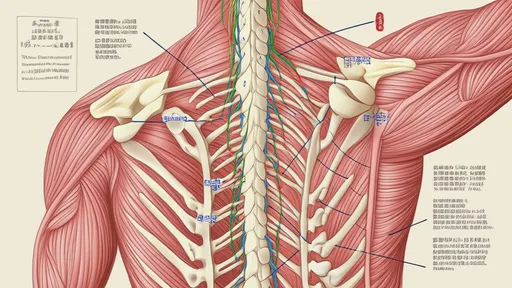
By /Jul 14, 2025

By /Jul 14, 2025

By /Jul 14, 2025

By /Jul 14, 2025
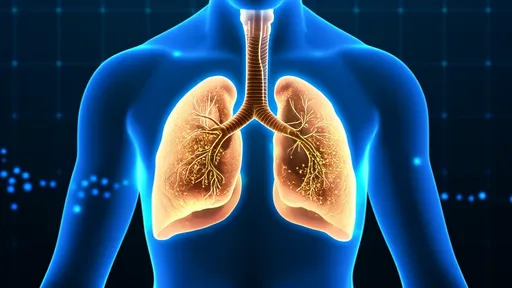
By /Jul 14, 2025
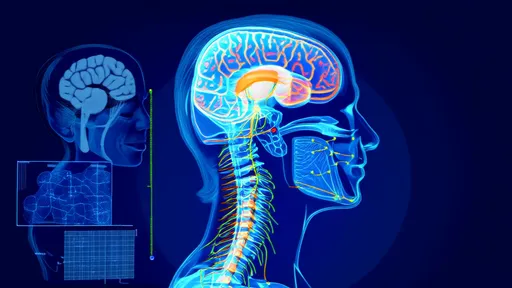
By /Jul 14, 2025

By /Jul 14, 2025

By /Jul 14, 2025
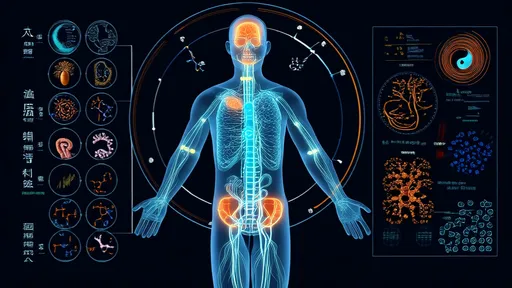
By /Jul 14, 2025

By /Jul 14, 2025

By /Jul 14, 2025

By /Jul 14, 2025
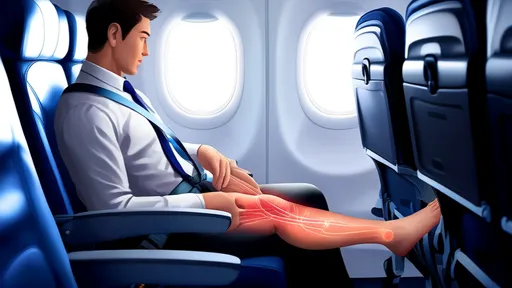
By /Jul 14, 2025

By /Jul 14, 2025

By /Jul 14, 2025